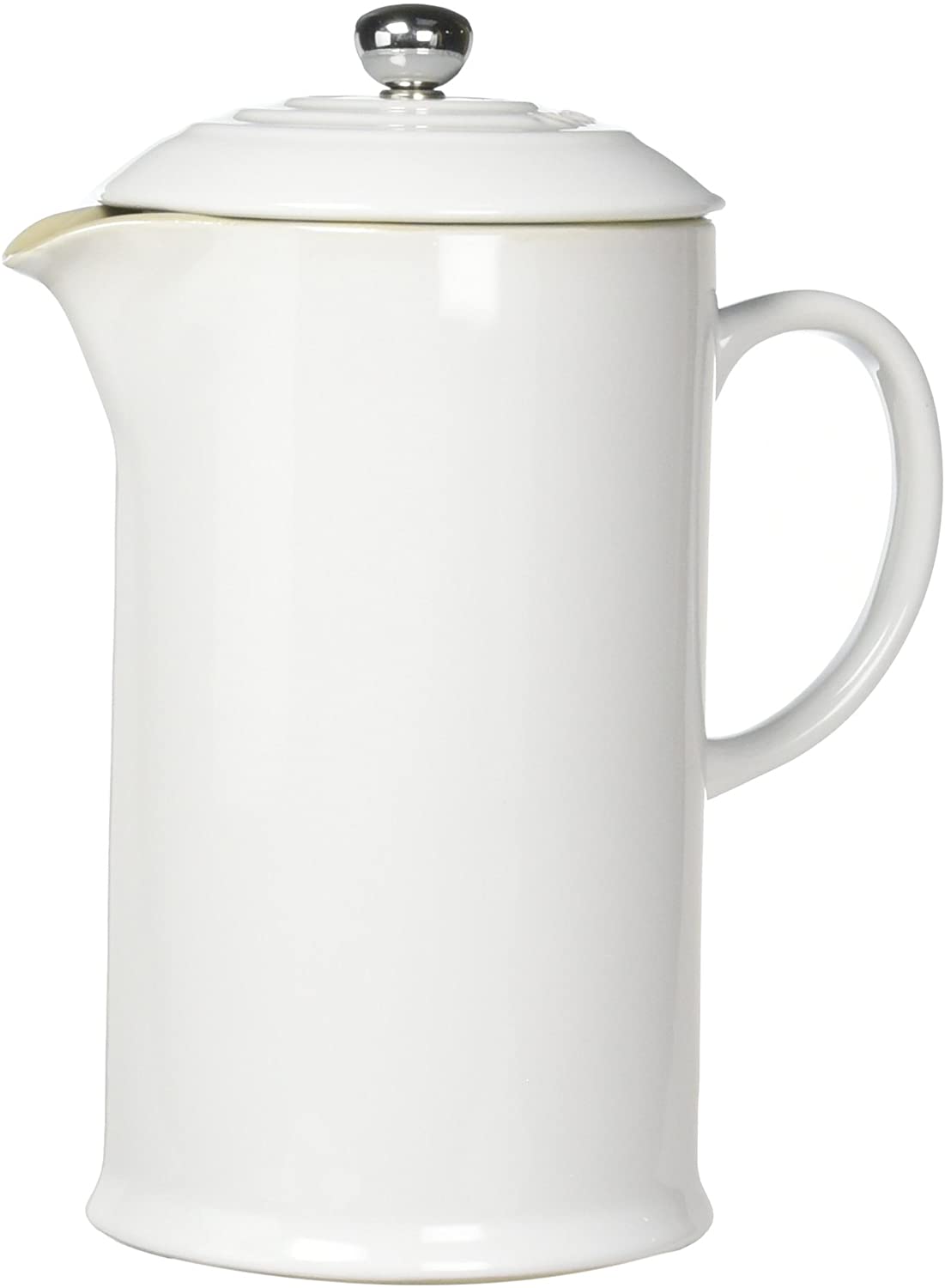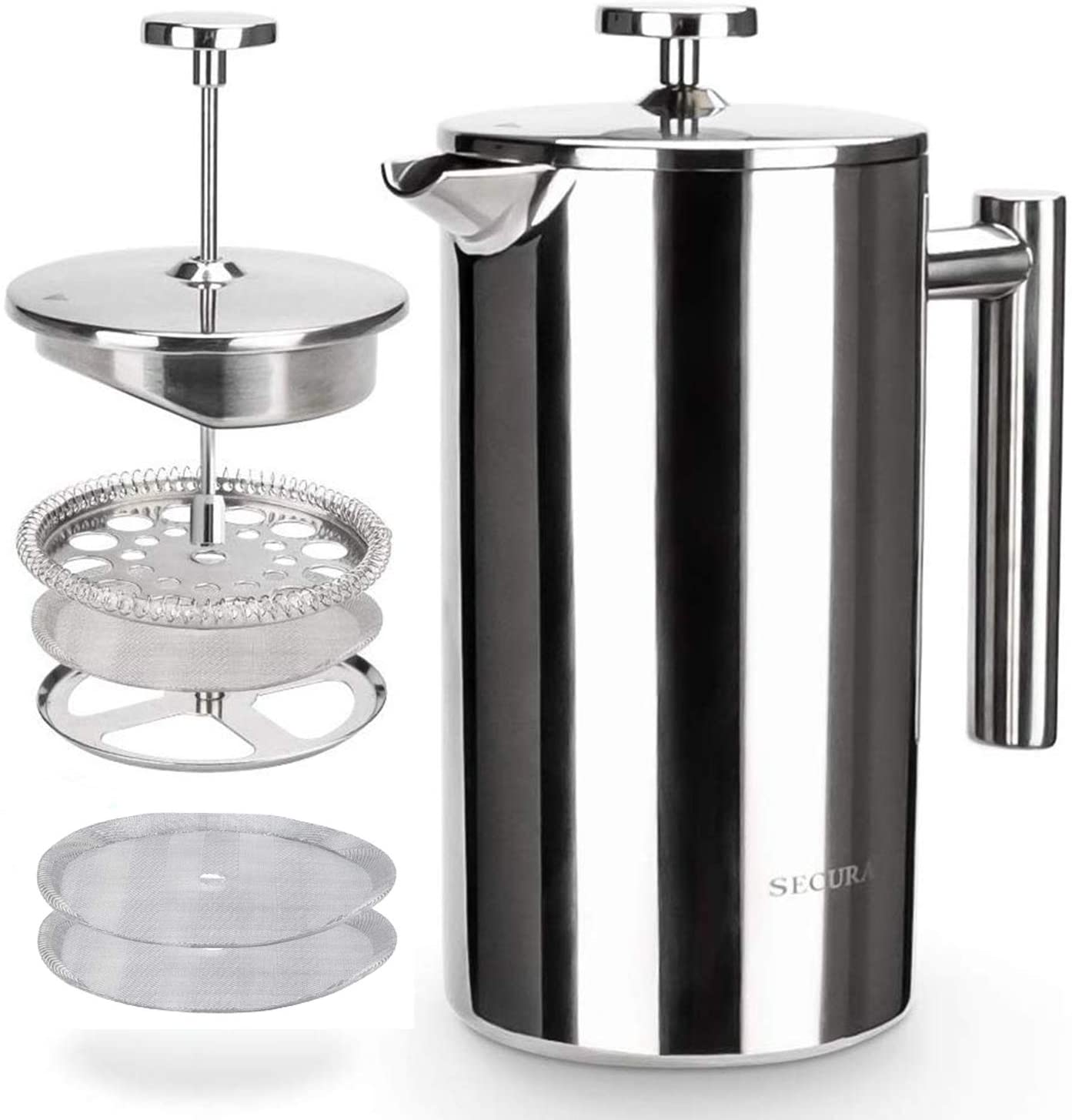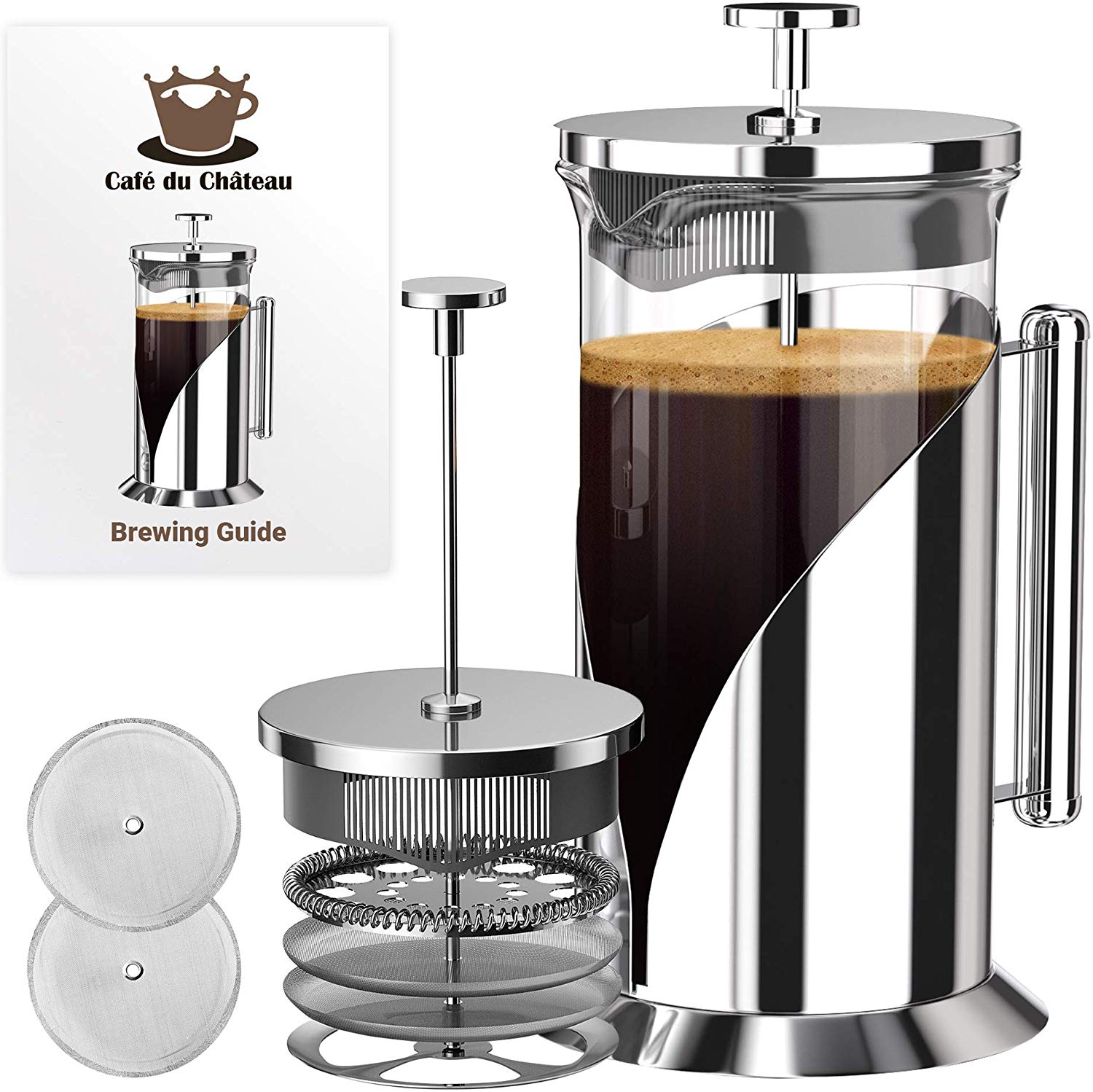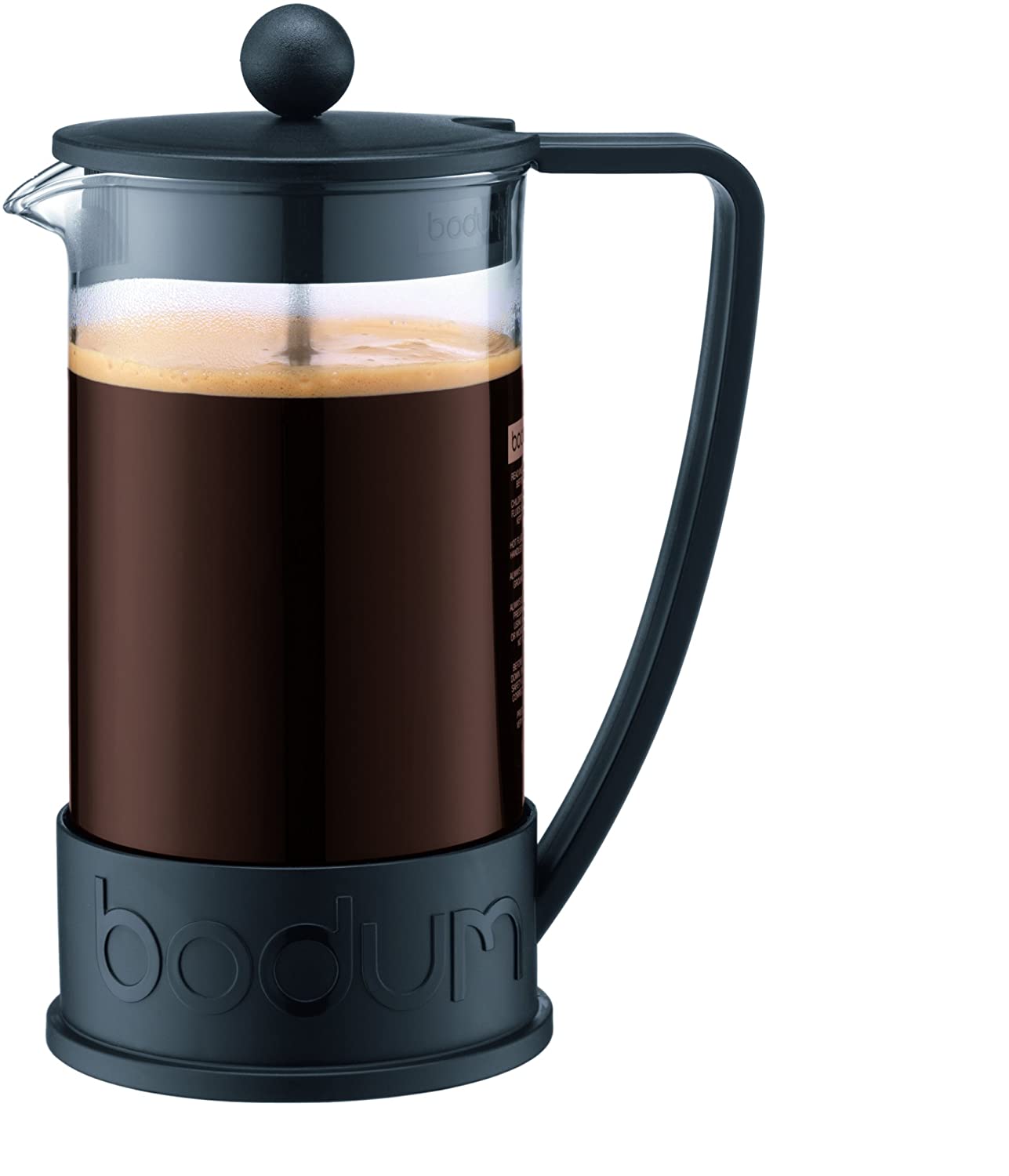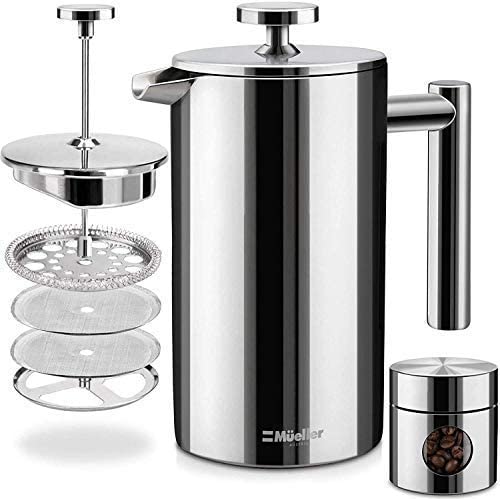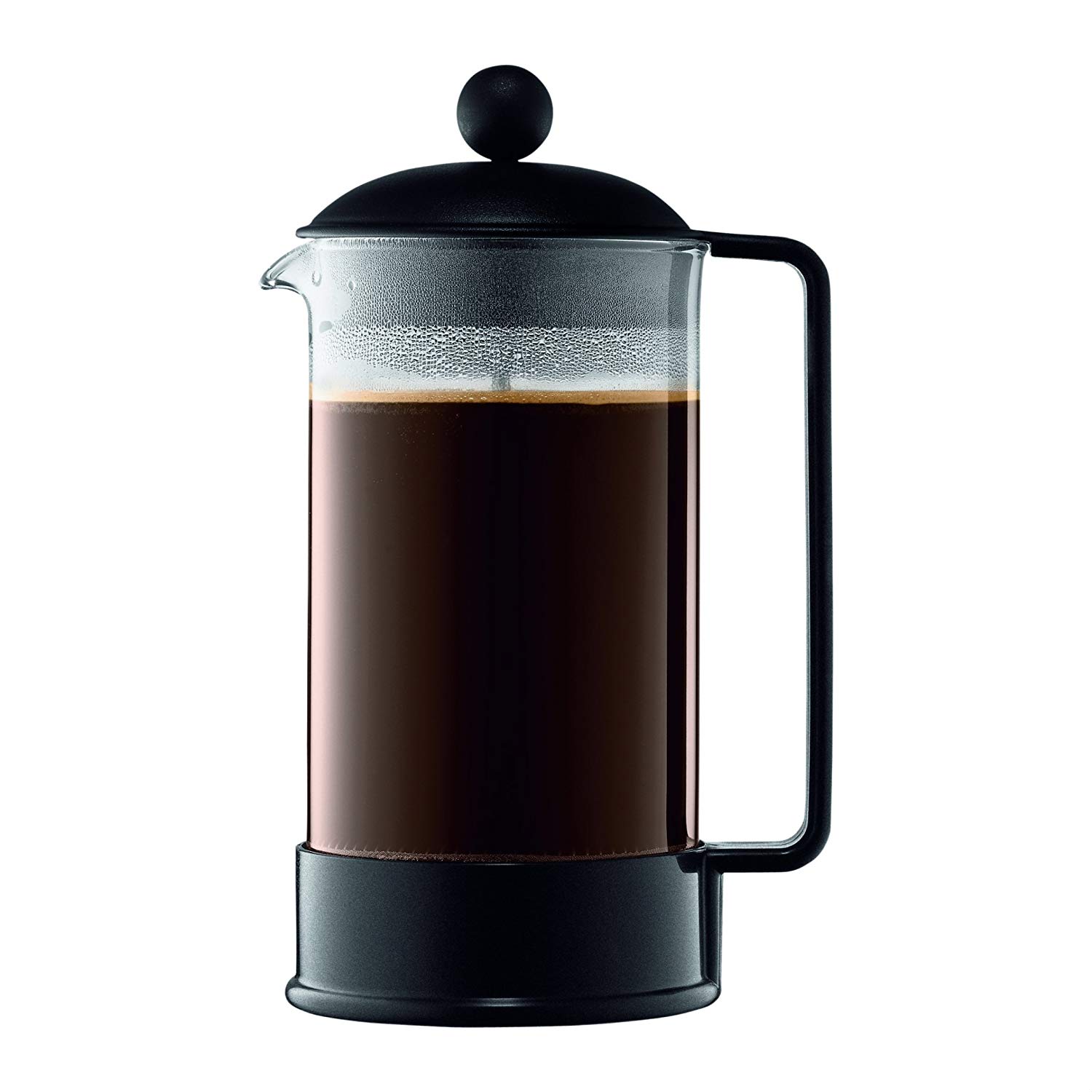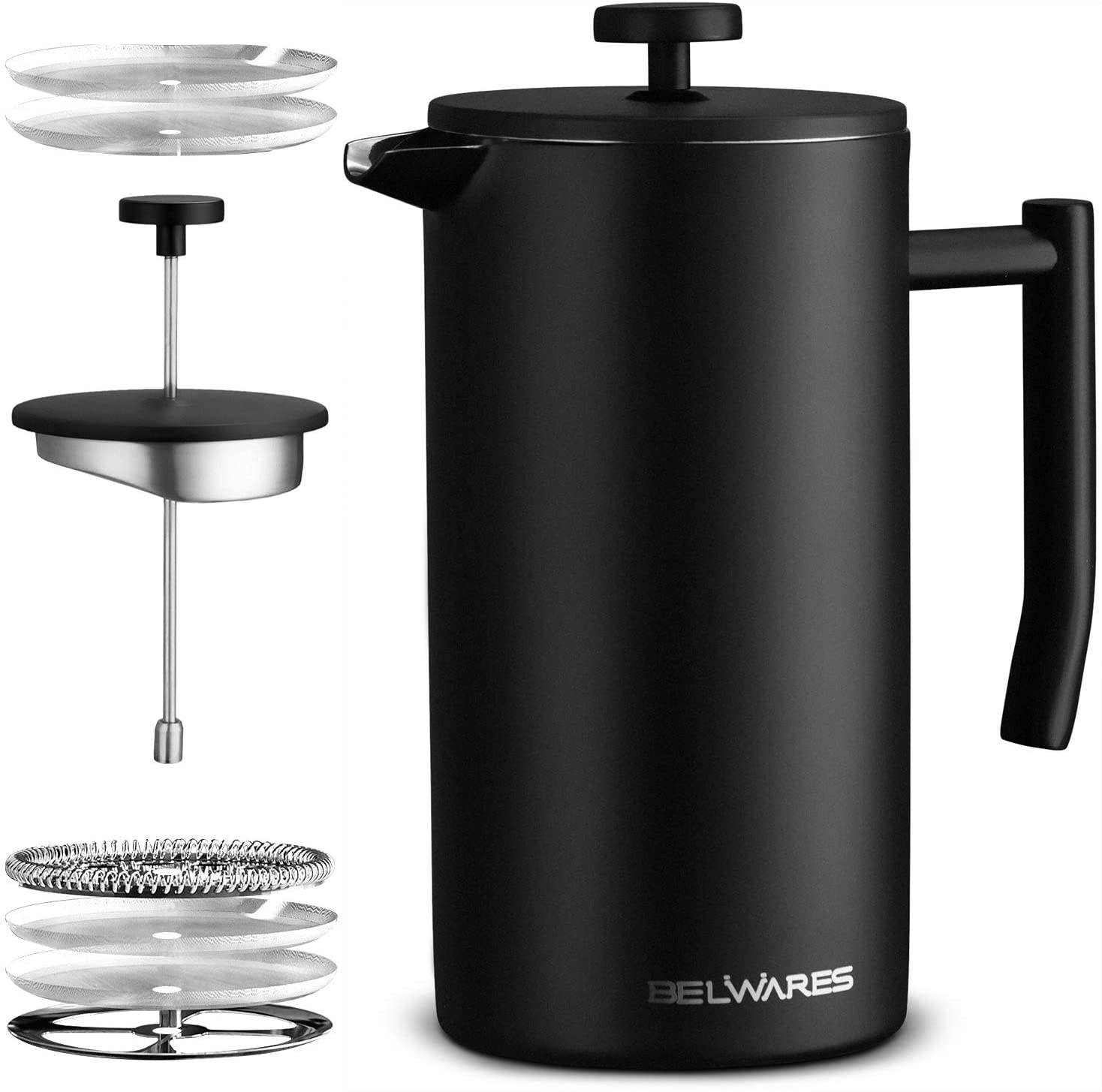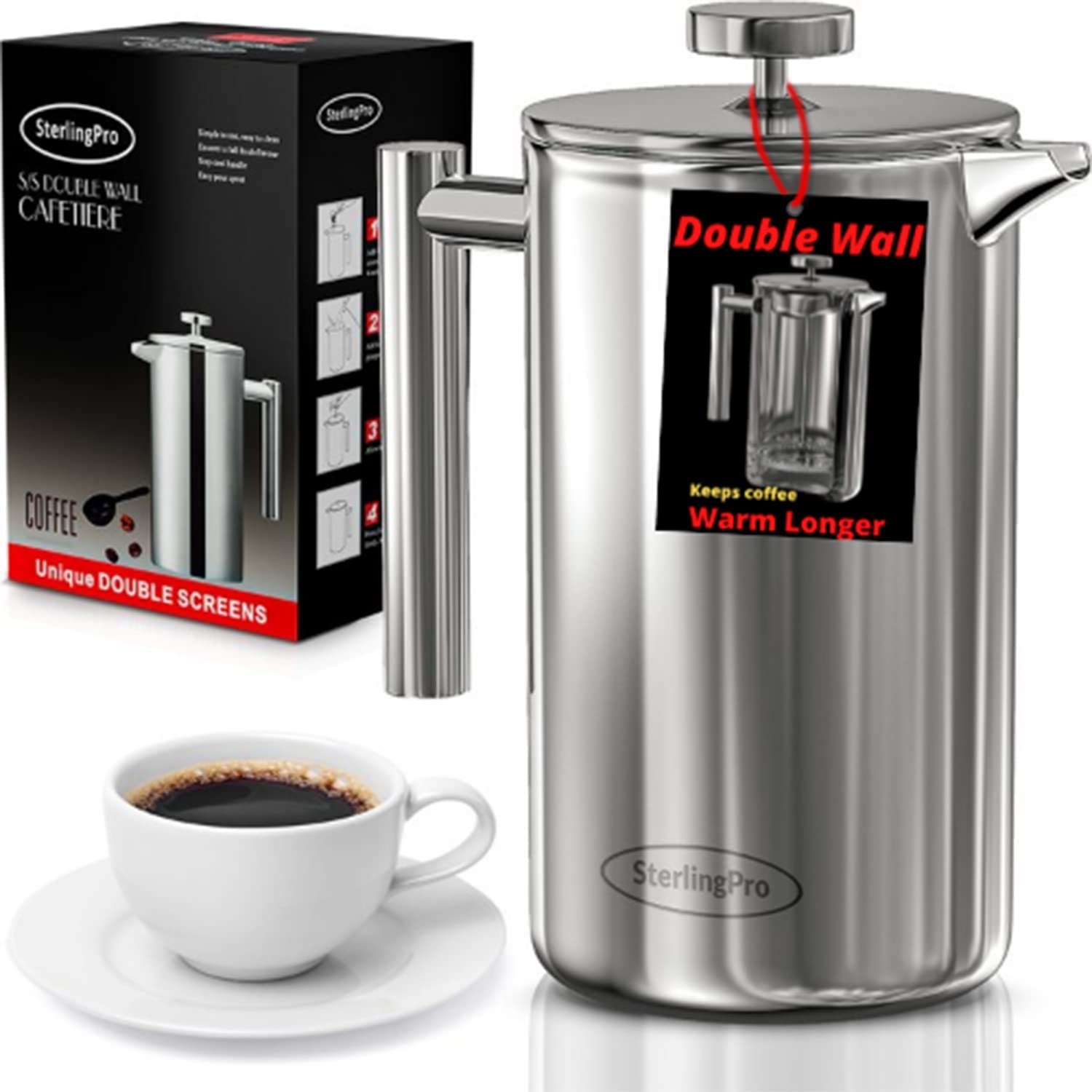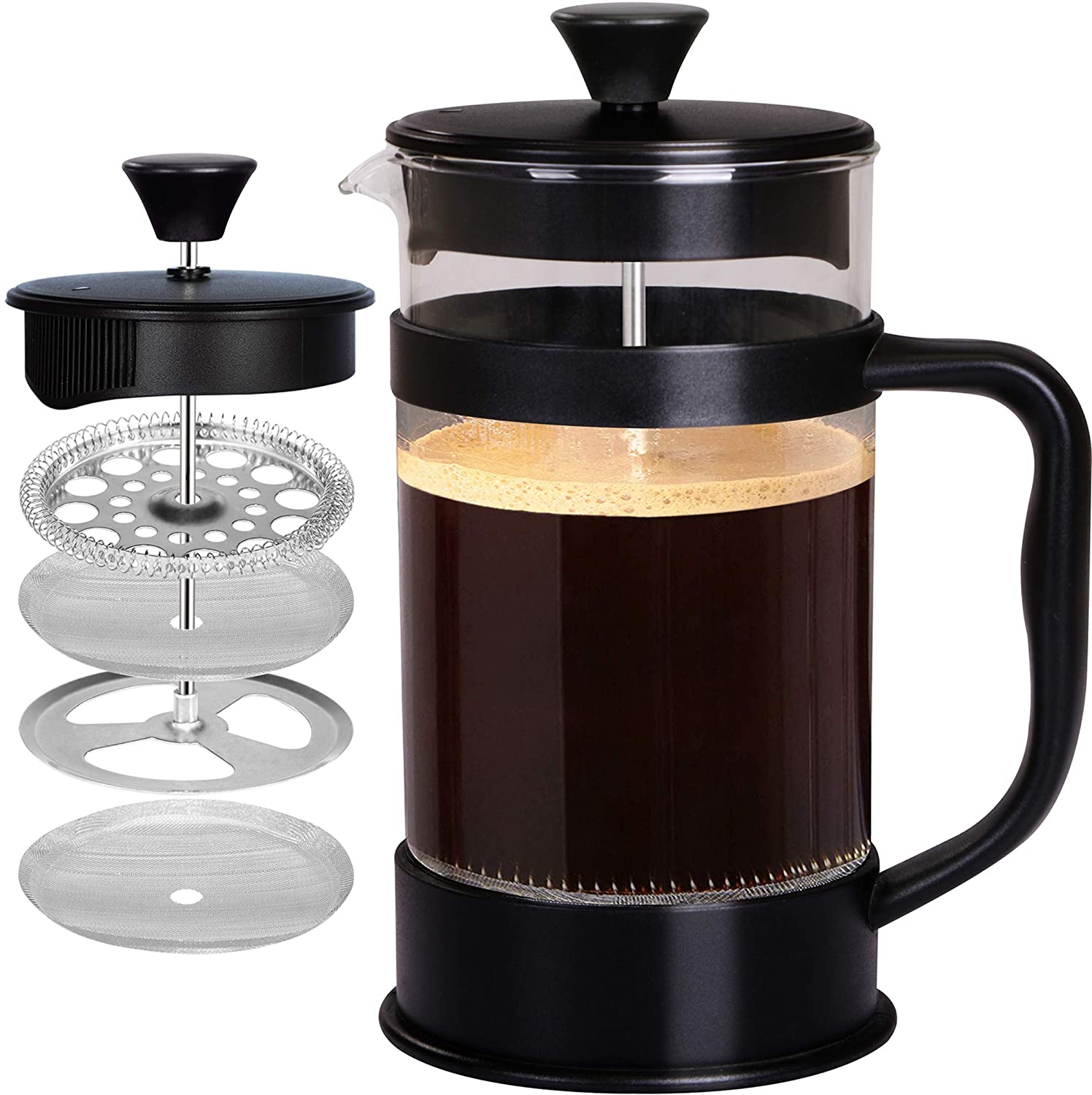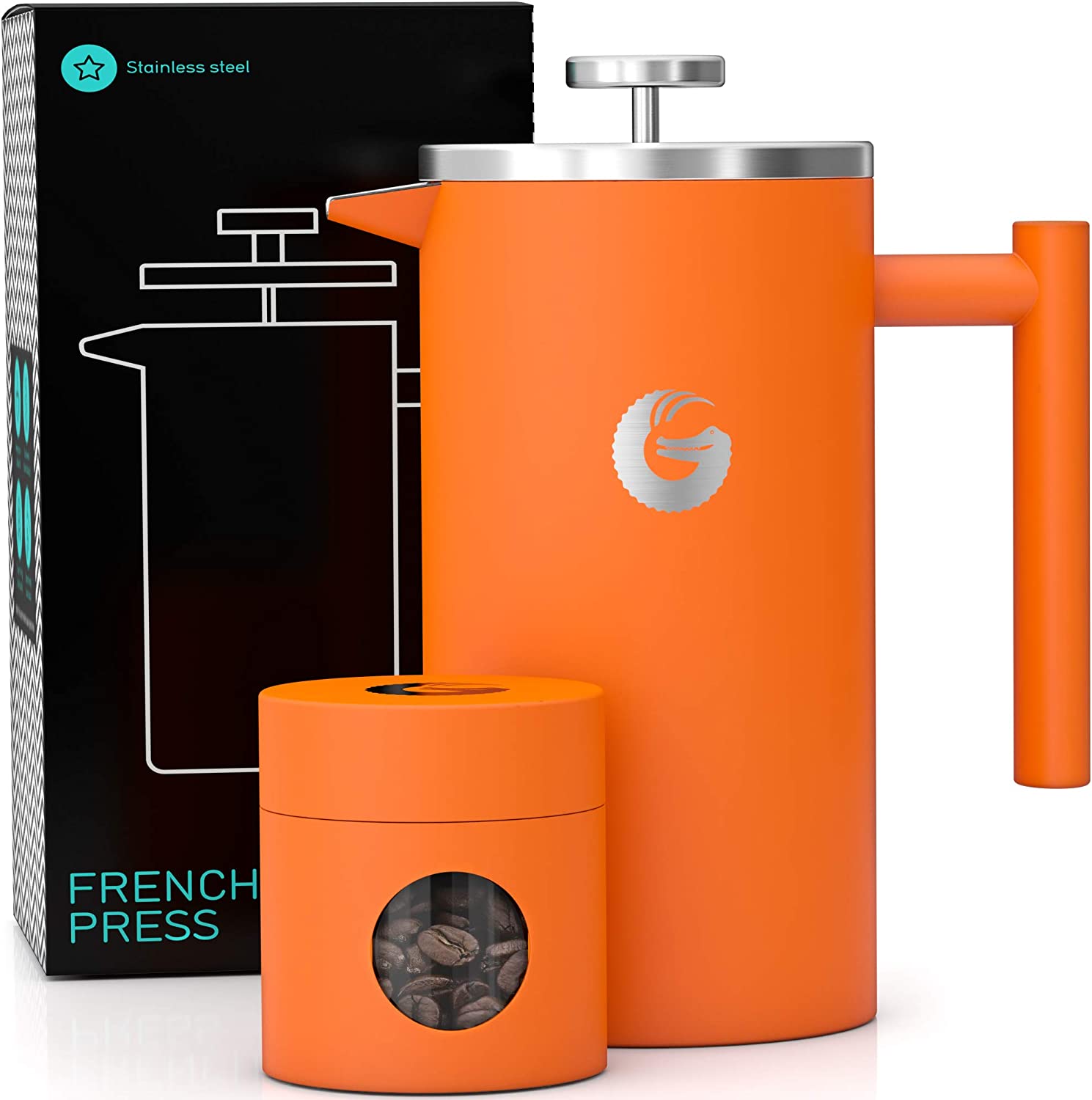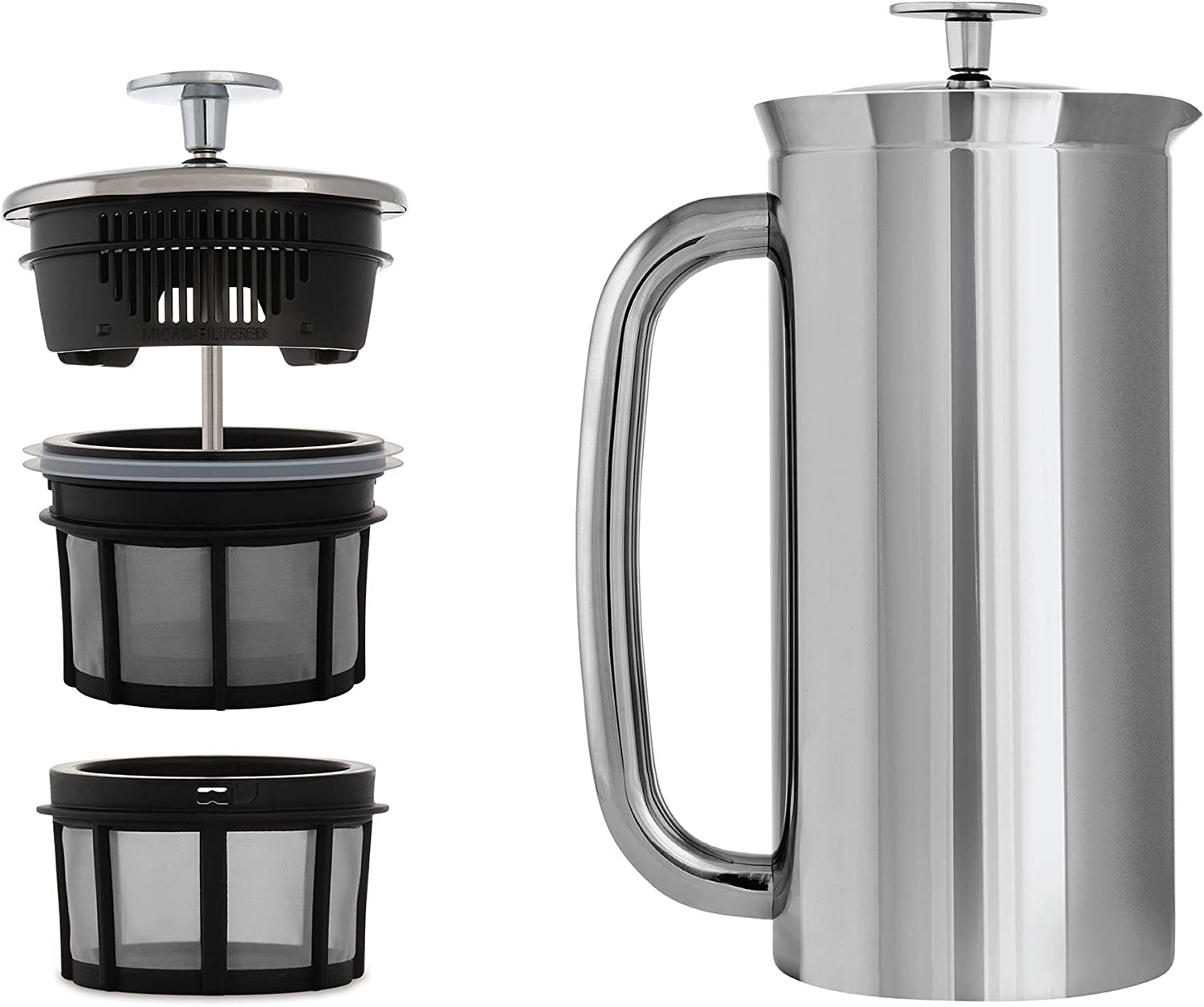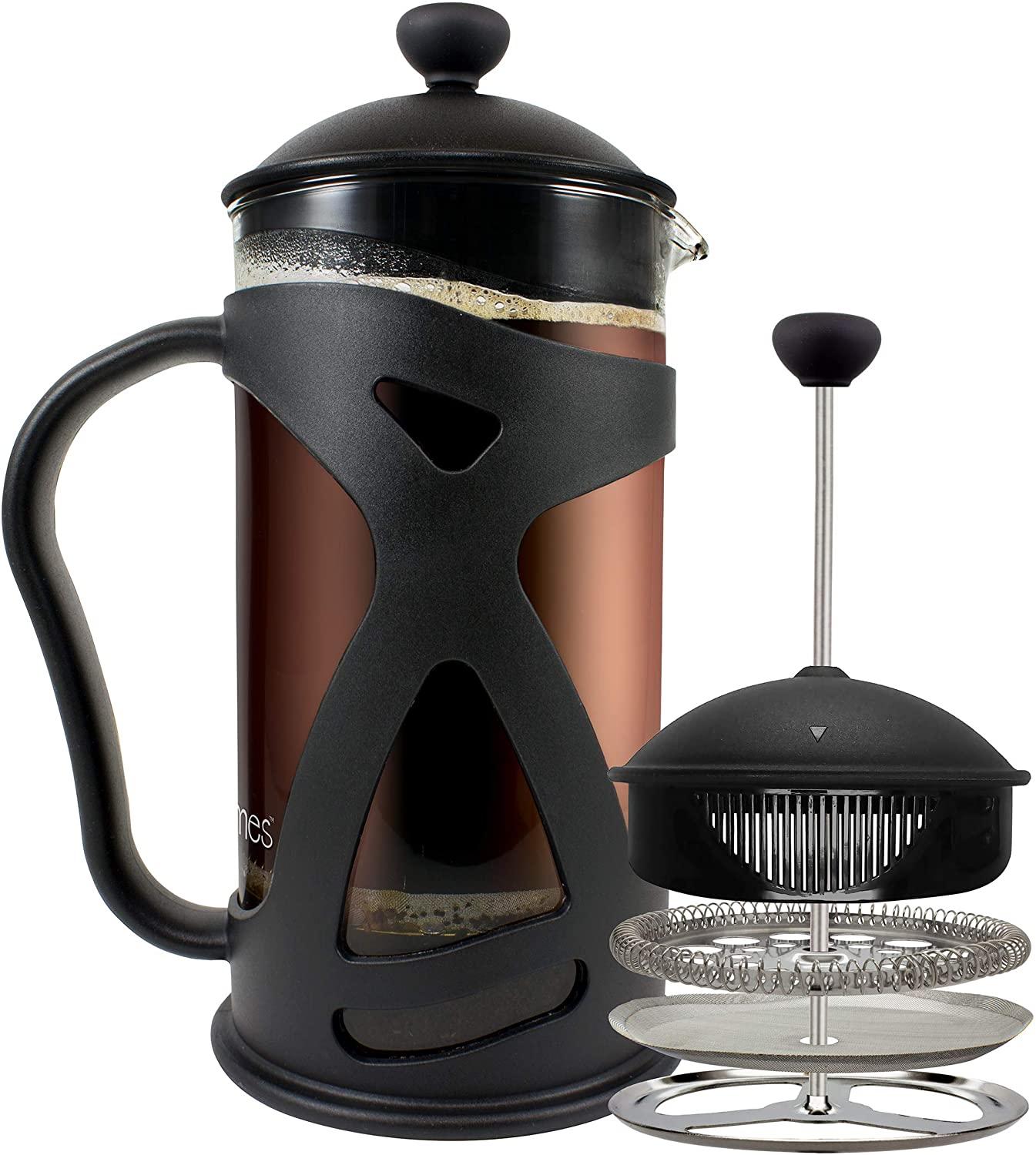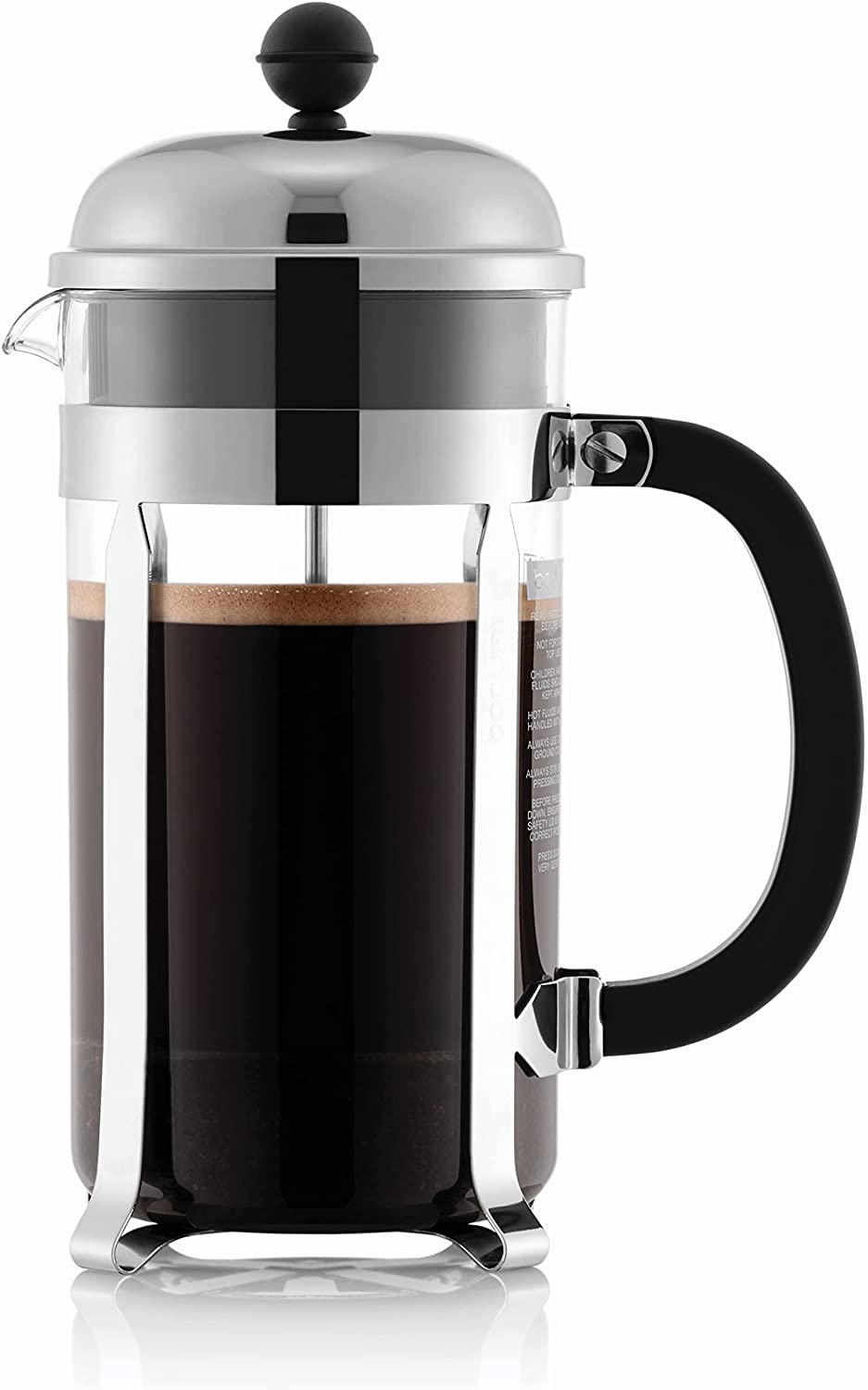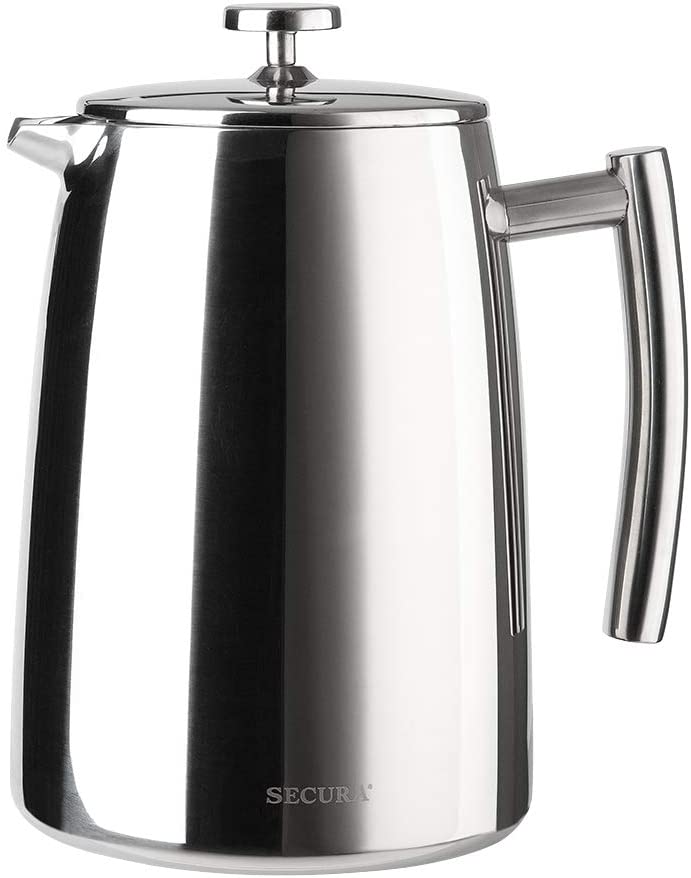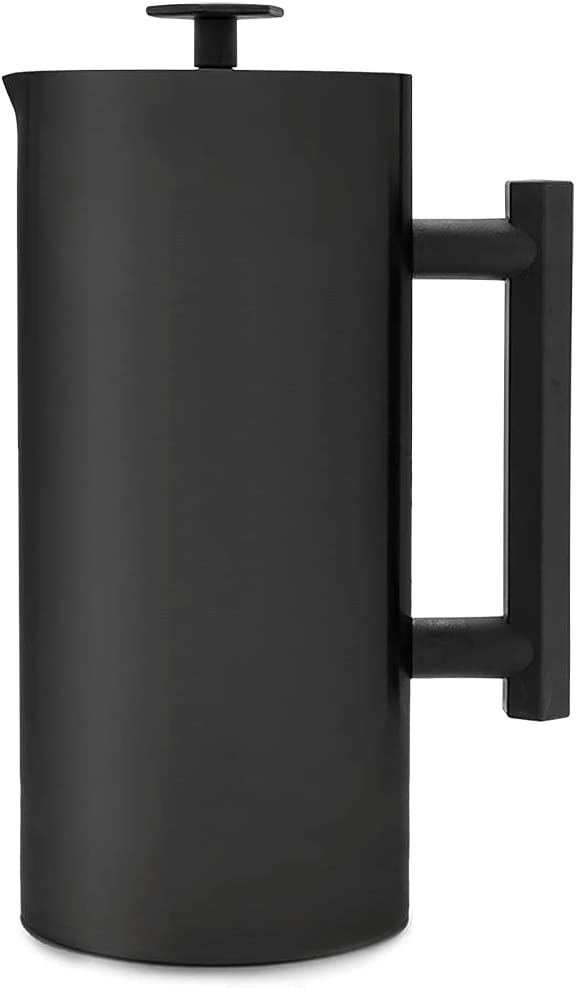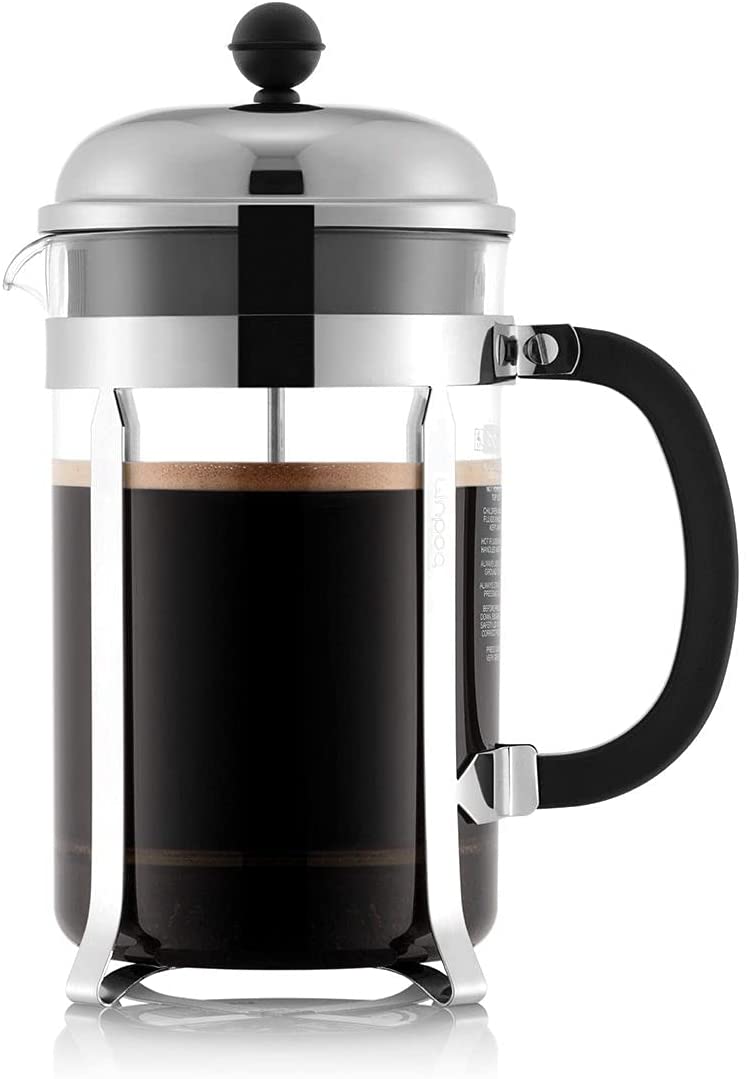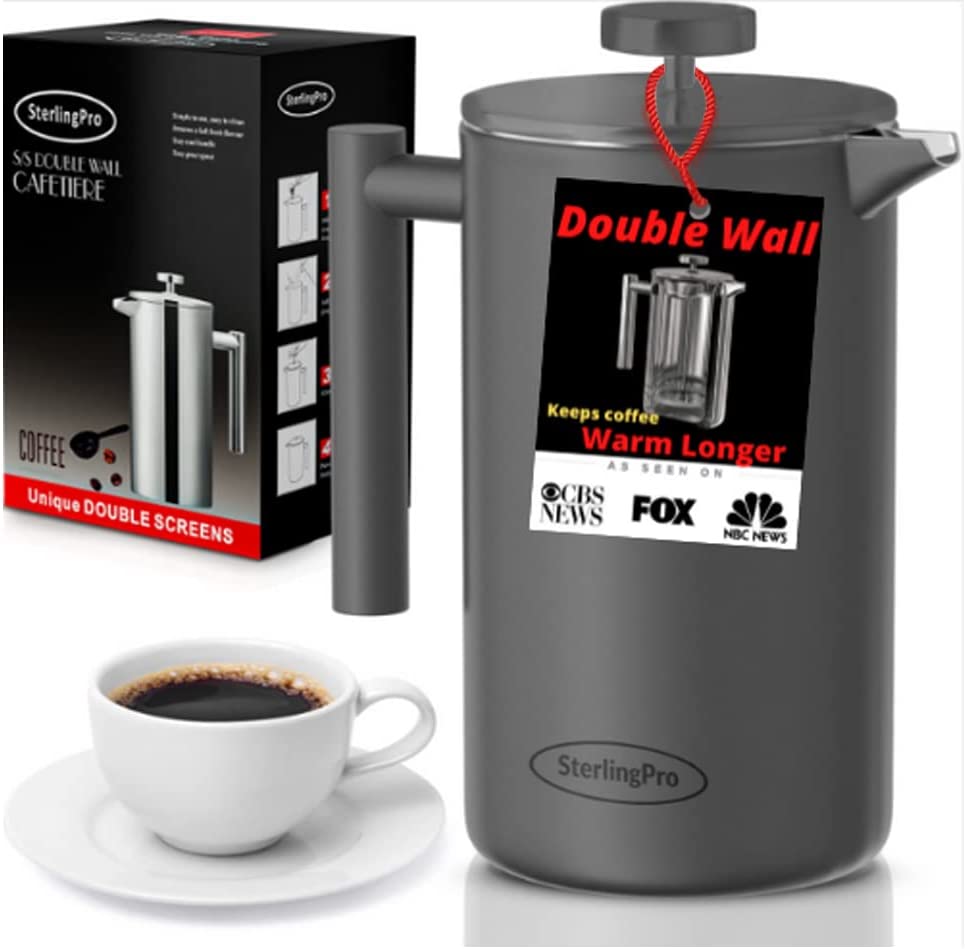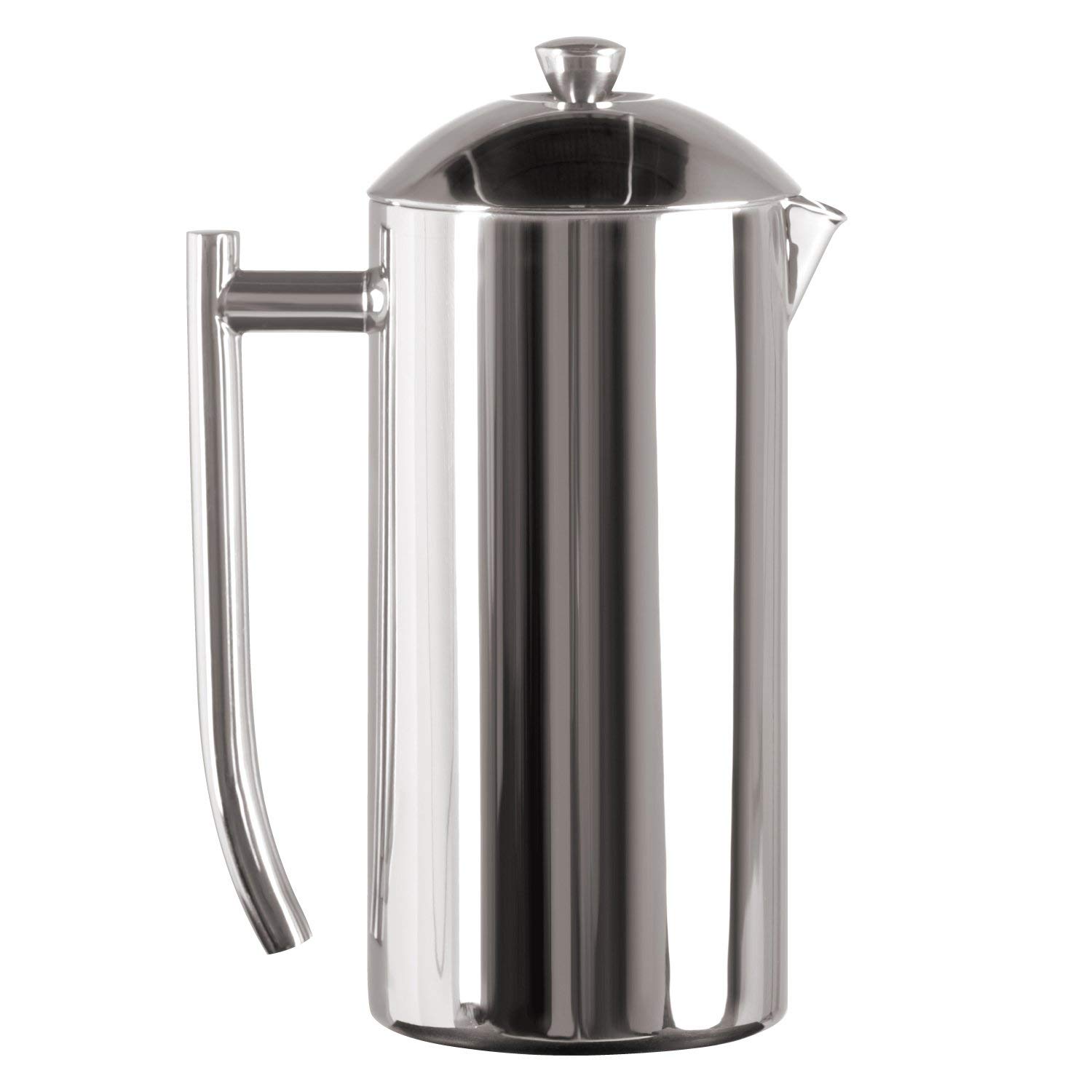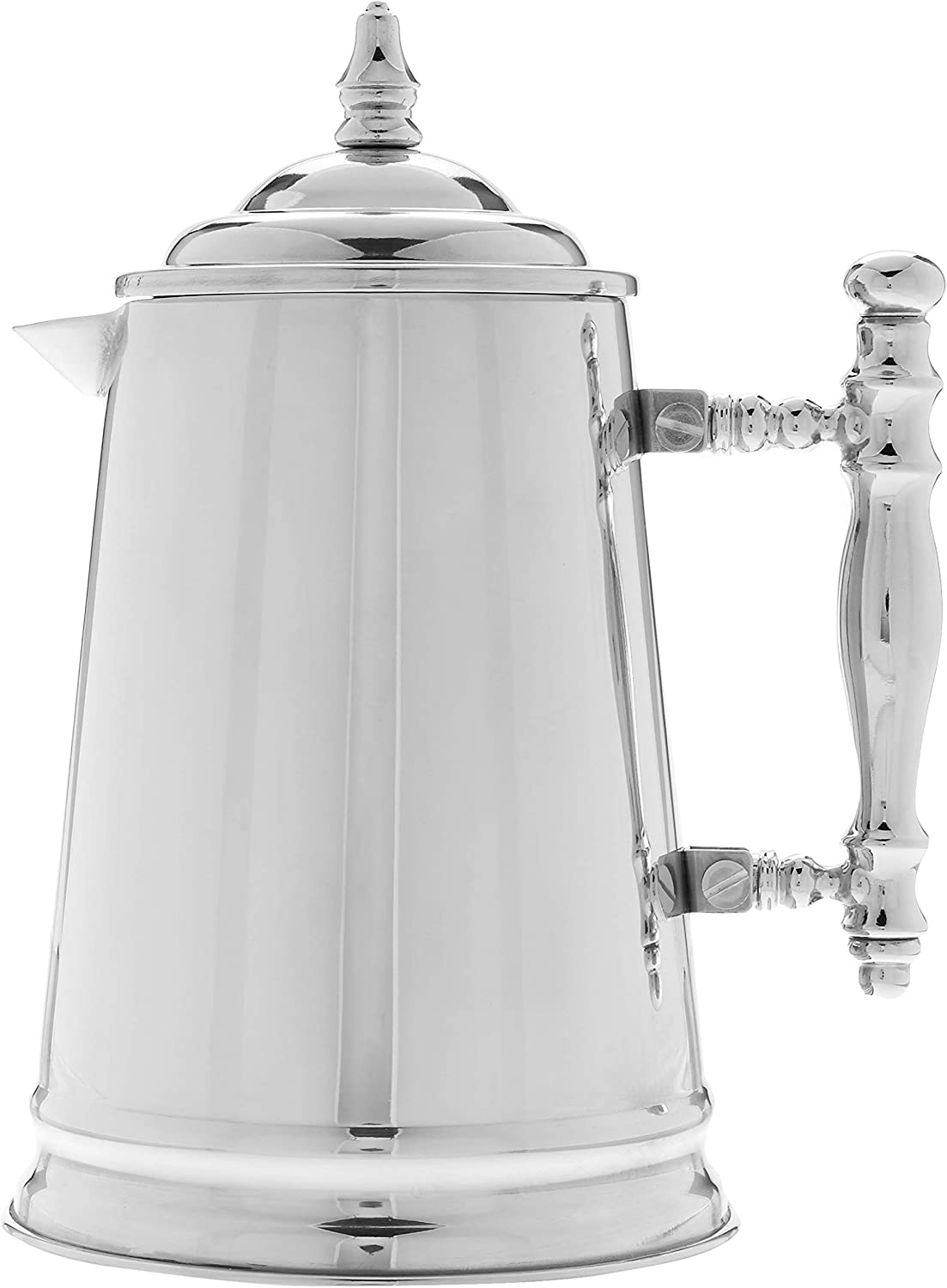Le Crueset Stoneware French Press, 27-Ounce
Last updated: August 31, 2023
We looked at the top French Presses and dug through the reviews from some of the most popular review sites. Through this analysis, we've determined the best French Press you should buy.
Product Details
In our analysis of 83 expert reviews, the Le Crueset Stoneware French Press, 27-Ounce placed 18th when we looked at the top 19 products in the category. For the full ranking, see below.Expert Reviews
What reviewers liked
Le Creuset is one of the best makers of ceramic coffee makers. Their aesthetically pleasing enamel finish adds a beautiful glossy look to your household.
Hats off to the designers! Le Creuset Stoneware French Press is the perfect example of simplicity along with uniqueness. The shape of the French Press is simple, and also an easy to handle one.
Decorative and functional
What reviewers didn't like
One final note is to keep your Creuset Stoneware French press away from stovetops and open sources of heat. This can cause significant damage and can even cause unwanted cracks.
Strictly avoid those harsh cleaning agents and even the steel/metal scrubs for cleaning. This could permanently damage the coating and chip out all the enamel finishing.
a few customers found the plnunger unreliable
View our French Press buying guide for in-depth advice and recommendations.
